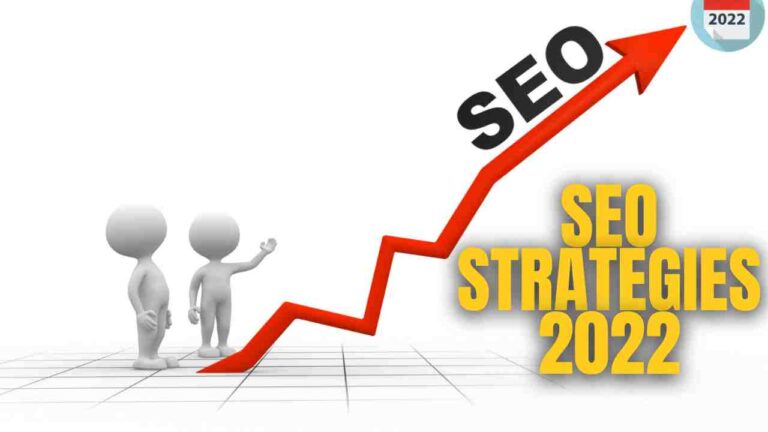What is the Value of Web Analytics Within a Web Marketing Project?
If we try to outline the history of web marketing we find ourselves talking about a sector that boasts a relatively sparse literature but which has a connotation of profound dynamism and incessant evolution.
From the first activities on the search engine, about 20 years ago, to the whole wide range of platforms and tools present today, the scenario is complex and full of possibilities for anyone who wants to give visibility and develop their business using the internet.
The adjective “complex” is not at all accidental: for many advertising on the web has been considered as simple, as something to be entrusted to the geek friend with some knowledge of new technologies and this distorted perception, over time, has created a market with false expectations and many disappointments especially in the business world.
What are we referring to when we talk about a certain complexity? What are the elements that even make it a challenging sector?
In the first instance, we cannot fail to include the ever-growing multiplicity of advertising platforms and methodologies. From the vast world of Google Ads to social advertising , the range today is really wide and requires continuous training and updating. Some time ago a hybrid approach to matter was possible, with the possibility of switching from one instrument to another, with extreme simplicity as the PPC mechanisms allowed this viscosity. Today this discipline requires a strong investment in terms of time and energy dedicated to study and personal training.
The numerous tools and opportunities are accompanied by what has always been the black beast of this sector and which still struggles to find space in the specialized teams and in the individual approach to individual elements. We are talking about web analytics and, more generally, about an analytical vision integrated with the strategic and operational one.
The world of numbers, as we know, is shrouded in a nebula that scares many and that makes anyone able to read and interpret them almost a mythological figure, and in digital marketing this vision has been even more reinforced by the curriculum of many professionals. jobs: on the one hand we have web technicians, who are very attentive to code problems and the technological implications of these operations, and on the other hand humanistic professionals, with a strong focus on the marketing and communication component of this sector. Both hemispheres have long forgotten how crucial the analytical approach is to determine the success of a web marketing strategy and above all its longevity.
The merit of having brought the analytical component back onto the scene is largely due to Inbound Marketing and its appearance among the possible strategic approaches. Until recently, digital marketing programming involved the use of a single channel or multiple channels together traveling on parallel tracks.
On the one hand there was the world of search engines: SEO and Google Ads to preside over a certain number of keywords and on the other the world of content , understood as copy and multimedia production, declined in social media, in the newsletter. , in the GDN and in all the visual networks present. The methodology is mainly outbound for visual networks and active search for search engines and it seemed that the two possibilities didn’t have much to say to each other.
The success of these activities meant that they continued in this way for a long time until the user’s attention became increasingly difficult to capture and the networks, now saturated, had a significant increase in costs.
Inbound Marketing has completely changed the rules of the game: in order to make a business profitable on the web it is necessary to build a path that starts from the latent demand, stimulating the interest of a potentially target user, and arrives at the conscious demand, intercepting the ” intent of researching an ad hoc targeting built in the previous phases.
In this construction of sequential and intimately connected steps, the real star is not only the content but above all the continuous and almost morbid analysis of traffic data . Each phase of the Funnel is only possible if the previous one has been correctly constructed, analyzed and interpreted.
In the purchase / conversion path, today, the great value is given to the scalability of each step and to understand the right moment in which you can move on to the next step, the degree of readiness of the traffic built, it is not possible to ignore a finely analytical. Furthermore, the intersection of the various tools, desirable also and above all for a budget issue (remember that the purpose of the Inbound method is to reduce acquisition costs), is unthinkable without a continuous analytical process .
The data driven approach is modern web marketing and is the only way to start talking about performance.
Of course, this number-oriented vision has also included a certain amount of anxiety in the web marketer’s toolbox but, at the same time, has endowed this matter with structure and solidity. We are finally freeing ourselves from the obsession with likes and clicks and we are restoring dignity to the data that allows you to build and enhance a business.
So, answering the question posed in the title of this article, the value of web analytics within a web marketing project is maximum, it is not possible to do web marketing without this component and everything else is crap.







